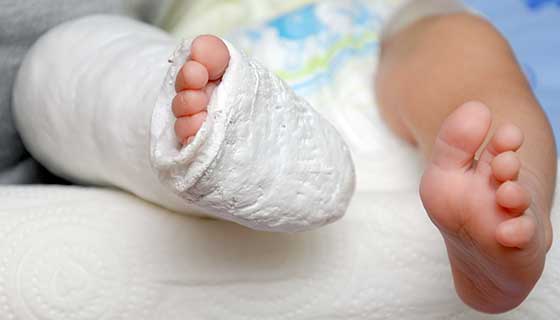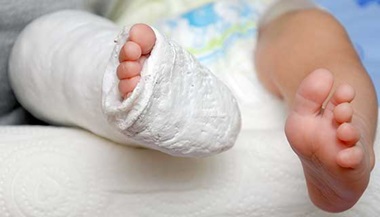Hypospadias
What is hypospadias?
Hyposadias is a congenital defect noted in boys. The location of the meatus (outlet for urine on the penis) is located on the undersurface of the penis rather than on the tip of the penis. Most often this is noted at the time of birth. The foreskin does not completely surround the head of the penis and is deficient on the undersurface of the penis. There can also be some associated bending of the penis, known as chordee. In the mildest forms of hypospadias, the opening is located on the glans (head of the penis). The most severe forms have the opening located between the halves of the scrotum, and the sex of the child may be in doubt. A variant of hypospadias is the megameatus intact prepuce form (MIP), in which the foreskin is completely formed. This type of hypospadias may be missed at birth and may only be noted at the time of or following circumcision. Other congenital anomalies may be noted to be present with hypospadias, so a thorough physical examination should be conducted at birth.
Treatment
Hypospadias is treated with surgery. The type of procedures needed for reconstruction are dependent on the degree of the hypospadias. Most of the mild forms can be corrected using a single procedure in the outpatient setting, however severe forms of hypospadias may require two or more procedures for correction and may need hospitalization. The goal of the reconstruction is to straighten the penis (correct the chordee), bring the opening (meatus) to the tip of the penis and make the penis as cosmetically close to the normal as possible. Although surgical correction can be performed at any age, most pediatric urologists would do the surgery between 6 and 17 months of age.
Following surgery, a stent (tube) may be left in place in the reconstructed penis to drain the urine, and a dressing is left in place. The length of time that the stent and dressing are used is variable but is most frequently a week. The dressings and the stent are removed in the office. Boys are treated with oral pain medication if they are operated on in the outpatient surgery center.
Complications following surgery include fistula (a hole in the channel that is reconstructed) diagnosed by noting urine dripping from a second opening when the child is urinating, and meatal stenosis (scarring of the new opening) diagnosed by a narrowing of the urine stream. Additionally the new channel that is created can scar and cause a stricture, or even complete breakdown of the repair is possible. All of these complications require further surgical repair. With advances in surgical techniques, complications have been reduced considerably.
If hypospadias is noted at birth, it is strongly recommended that the child not have a circumcision. The foreskin that is removed at the time of circumcision is used for the reconstruction of the hypospadias.





